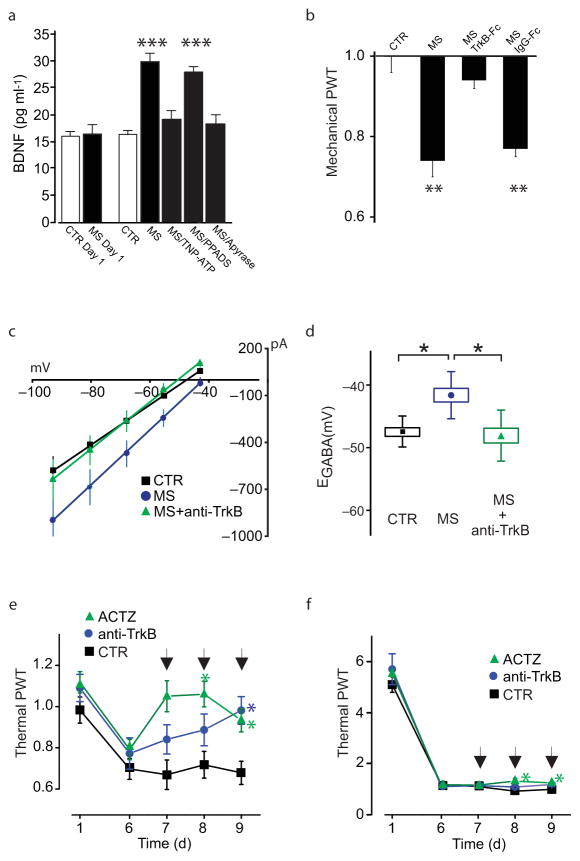Figure 6. Altered Cl− homeostasis in spinal neurons and morphine-induced hyperalgesia are depend on P2X4R-BDNF-TrkB signaling.
a. ELISA-based measurement of BDNF release from cultured microglia treated with 100 nM morphine (n = 14 trials, H: 30.17, ***P < 0.001), morphine + TNP-ATP (n = 5, P > 0.05), morphine + PPADS (n = 5, ***P < 0.001), morphine + apyrase (n = 5; P > 0.05) vs saline (n = 14). b. Rat mechanical withdrawal threshold 5 h after intrathecal injection of morphine treated microglia (n = 7; H: 23.66, **P < 0.01), morphine+TrkB-Fc (n = 7; P > 0.05), morphine+IgG-Fc (n = 7; **P < 0.01), vs CTR (n = 7). c–d. Effect of anti-TrkB antibody (1 μg/ml) on morphine-induced shift of EGABA in LI neurons in vitro: c, I–V relationships for GABAA currents after incubation with morphine (n = 12 cells), morphine+anti-TrkB (n = 7) or in control (n = 6) and, d, the respective EGABA values (H: 11.16, *P < 0.05). e–f. Effect of intrathecal injections in rats of ACTZ and anti-TrkB on morphine-induced pain hypersensitivity and tolerance by Hargreaves plantar test: e. Thermal withdrawal threshold prior to morphine in ACTZ- (22.5 μg, n = 9), anti-TrkB- (30 μg, n = 7) and vehicle-injected rats (n = 11; day 9, *P < 0.05; arrows indicate injections); f. Thermal pain threshold 1h after morphine in ACTZ-, anti-TrkB- and vehicle-injected groups (ACTZ vs control group at days 8–9; *P < 0.05; arrows indicate injections). All threshold values are normalized to the baseline. Abb.: PWT = paw withdrawal threshold; CTR = control; MS = morphine sulphate; Anti-TrkB = anti-TrkB blocking antibody; ACTZ = acetazolamide; error bars = s.e.m.

